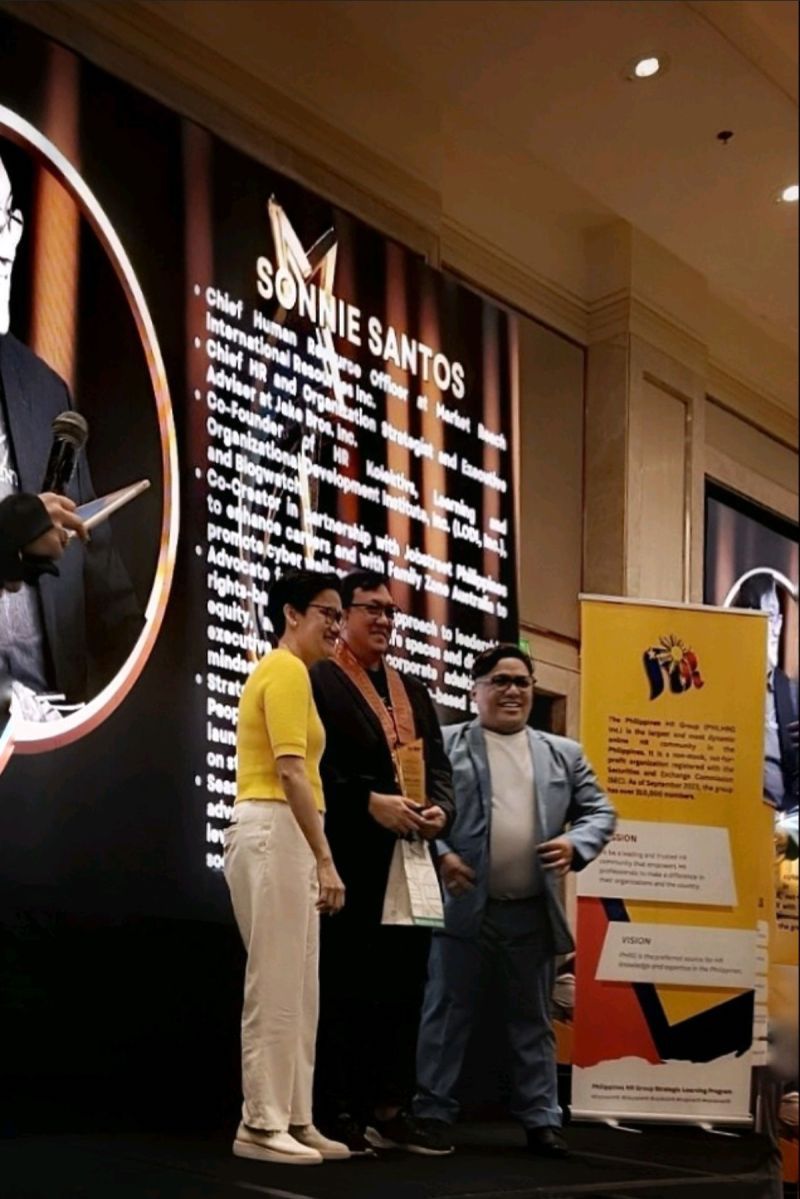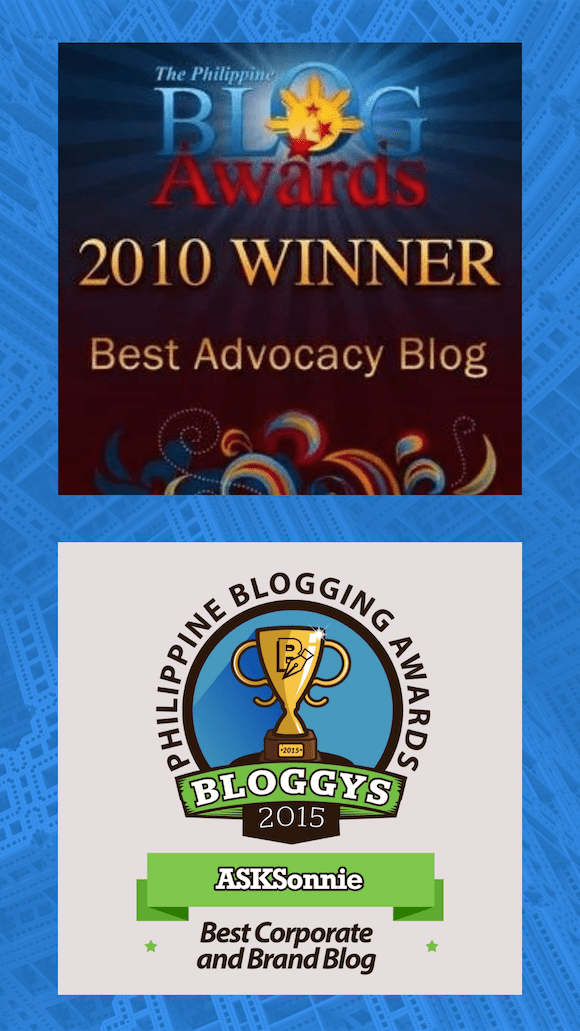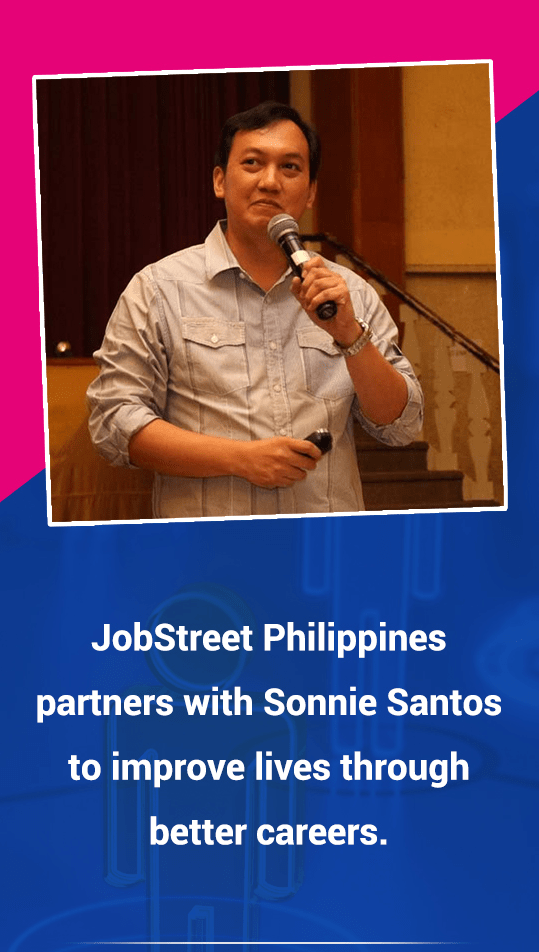What makes a modern HR?
I blogged about “HR In The Eyes Of Her Stakeholders“, a few days back to describe the HR mindset vis-a-vis her stakeholders. HR is often perceived as the “police” of the organization, procedure freak, protocol driven. Perceived also as responsible for most, if not all organizational bottlenecks, being reactive to every new situation that will arise.
Read: HR 3.0- Should HR go Digital, Social and Mobile?
Having in mind the HR Quadrant, I discussed the 4 Roles of HR according to David Ulrich:
| Future/Strategic Focus |
|
Processes |
Strategic Partner Administrative Expert |
Change Agent Employee Champion |
People |
| Day-to-day/Operational focus |
While blog hoppin’, I came across a post about the modern hr role. Atty. George Lenard thru his George’s Employment Blawg, was discussing about the April 24, 2006 article by Dr. John Sullivan & Master Brunette at Erexchange.com. This is about the “3 New Roles” of HR Managers.
According to Dr. Sullivan, with the 3 new roles, the modern HR was born because
“… are breaking with tradition — at least when it comes to talent management — establishing new functional structures that account for current labor market realities, and adding new proactive activities to the stable of HR services.
A growing number of organizations are leveraging the visibility currently being placed on the impending talent shortage/crisis by corporate leaders and growing the scope of talent management activities to include formalized processes, programs, and departments focusing on proactive management of the employment brand, retention, and workforce planning.
These groundbreaking organizations are tearing down massive walls that years of political infighting have created between HR functions in order to develop entirely new HR structures where all deliverables are integrated to “strategically” manage the portfolio of talent that the organization can use to call upon to achieve both short- and long-term objectives.”
The 3 modern HR roles are:
- Workforce Planning
- Employment Branding
- Retention
In my opinion, these modern HR roles can be placed under the “Strategic Role” of HR. Since emphasis is proactive planning, strategizing, and integrating all approaches in manpower forecasting, image building and loyalty.
Atty Lenard summarized the modern HR roles as follows:
Basic responsibilities for the workforce planning role include:
Projecting the organization’s supply and demand for talent on a moving one-, three-, or five-year basis (timing dependent upon industry); Identifying gaps in projected supply and demand for talent and developing strategic and tactical plans to acquire the labor needed to meet objectives.
Basic responsibilities for the employment branding role include:
Developing and implementing an employment branding strategy that ensures key constituents continue to perceive the organization as an employer of choice, thereby simplifying talent retention, motivation, and attraction.
The major responsibilities for the Retention role include:
Overseeing the creation and deployment of tools and approaches on a case-by-case basis to ensure the retention of key employees.
These modern HR roles addressed some major HR issues. And rightfully, in my opinion, HR is breaking away from the compliance-driven, policing operations image that almost all stakeholders criticised. More than the administrative duty, there are other important HR roles to perform.
Do you think HR in Philippine companies are now in the domain of the modern HR function?
Discover more from ASKSonnie.INFO
Subscribe to get the latest posts sent to your email.





